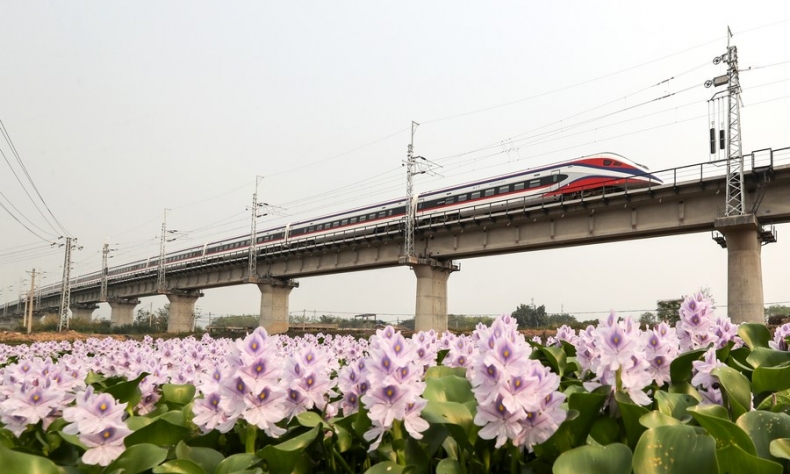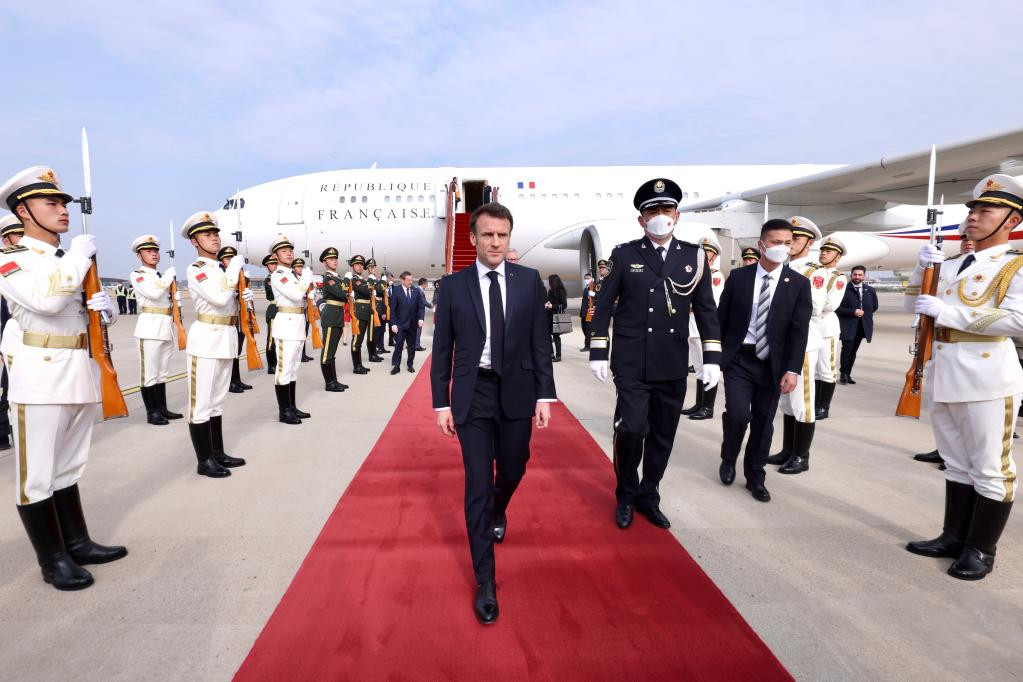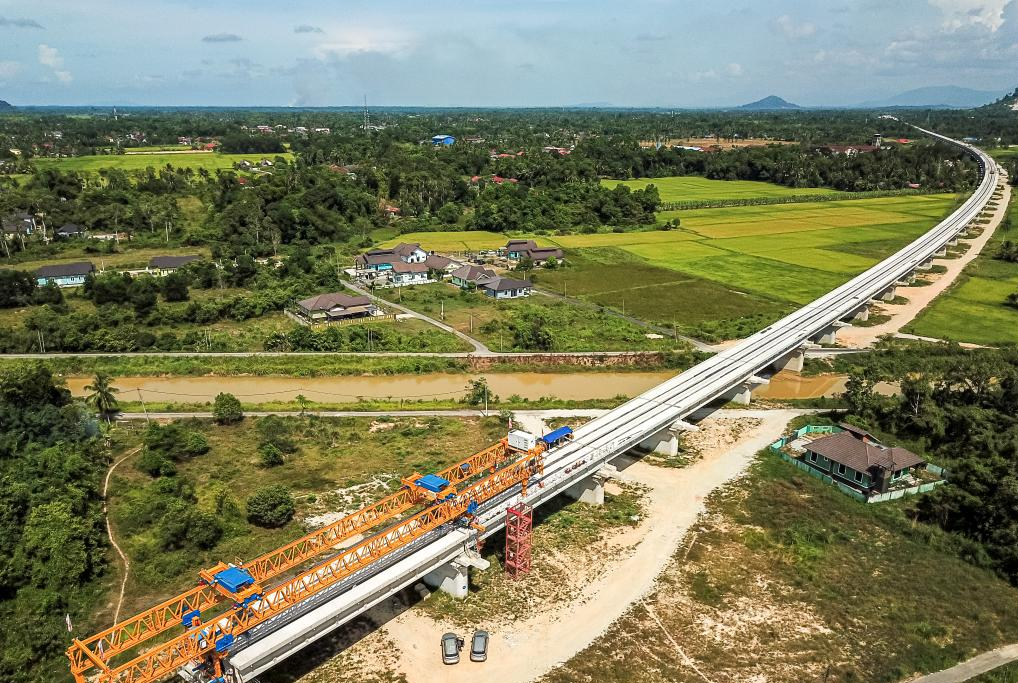A Path to Peace amid Global Uncertainty

China’s growing presence is prompting a ‘tectonic shift.’ As a new global landscape is taking shape, China is offering an increasing number of public goods to the international community.
In recent years, China has brought forth a slew of ideas and initiatives that can be seen as “public goods” for the world and is striving for their fulfillment. This is very similar to the role the country played in the Bandung Conference in 1955, when it promoted cooperation among newly independent countries that pursued a policy of non-alignment, thus helping forge a new postwar global landscape.
The Bandung Conference, or the Asian-African Conference, took place in Bandung, Indonesia, from April 18 to 24, 1955, with the participation of leaders from 29 countries. It was the first gathering of Asian and African countries that were newly independent from centuries of colonial rule, and also the first international conference without Western powers being represented.
Fast-forward to the 21st century, as China itself has been progressing, we can also expect it to champion global efforts toward achieving long-term peace and development.
Let’s first review recent developments. China issued a document titled China’s Position on the Political Settlement of the Ukraine Crisis on February 24, indicating a pathway for peaceful resolution of the Ukraine crisis. Additionally, Chinese President Xi Jinping, during his phone call with Ukrainian President Volodymyr Zelensky, emphasized Ukraine-Russia joint efforts for ceasefire and peace.
With China’s mediation, Saudi Arabia and Iran achieved a historic reconciliation on March 10 after seven years of estrangement, leaving global media and international affairs experts astonished. This also brought hopes for negotiations between Israel and Palestine to revive the peace process, which is indicative of China’s growing popularity in the Arab world.
During his visit to China on April 6-7, French President Emmanuel Macron met with President Xi and emphasized France’s respect for the one-China principle and efforts to achieve world peace and stability. Subsequently, at a press conference during a two-day visit to the Netherlands, Macron said, “Being an [American] ally does not mean being a vassal… does not mean that we don’t have the right to think for ourselves,” the BBC reported on April 12.

In Beijing, President Xi had talks with visiting Brazilian President Luiz Inácio Lula da Silva on April 14, during which Lula expressed Brazil’s willingness to deepen its strategic partnership with China and participate in the Belt and Road Initiative (BRI). The China-proposed BRI aims to boost connectivity along and beyond the ancient Silk Road routes.
It is obvious that the world is not operating solely within the framework dominated by the United States and its allies. China’s growing presence is prompting a “tectonic shift.” As a new global landscape is taking shape, China is offering an increasing number of public goods to the international community.
The burgeoning BRI
One of them is the BRI. Regrettably, even on its 10th anniversary this year, the BRI and its decade of achievements have not been fully understood by the Japanese media and their reporting on it tends to be negative. To gain an in-depth understanding of the BRI, I read the report released by Xinhua News Agency on the implementation of the 2022 plan for national economic and social development and on the 2023 draft plan for national economic and social development, which was approved at the First Session of the 14th National People’s Congress, China’s top legislature, on March 13.
The report shows that as of late 2022, China had signed over 200 cooperation documents with 150 countries and 32 international organizations under the BRI framework. The China-Europe freight train service, a BRI flagship project, had completed over 65,000 journeys, transporting more than 6 million twenty-foot equivalent units (TEUs) of goods to over 200 cities in 25 European countries.
Moreover, this year’s plan proposes to launch pilot zones for Silk Road e-commerce cooperation, advance the high-quality development of Fujian Province and Xinjiang Uygur Autonomous Region as core areas of the BRI, and promote the development of key experimental zones for development and opening up in border areas.”

Partners, not allies
Another public good that China offers is the concept of partnership it advocates, which differs significantly from how it is defined in the Western notion. China believes partnerships should not rely on alliances, but instead should be built on mutual trust and have the flexibility to be adjusted based on mutual needs.
When envisioning the future global landscape, we need to establish relationships as equals rather than hierarchical ones. Forming partnerships embodies this idea. Unlike the exclusive and sometimes hostile nature of the alliances often forged by Western countries, partnerships have the potential to embrace and practice contemporary multilateralism.
A different path onward
The vision of a community with a shared future for humanity proposed by China is the source of inspiration for many of the country’s initiatives and proposals for improving global governance.
Faced with challenges of climate change, environmental degradation, as well as resource and food insecurity, no one on Earth will remain unaffected. Only the collective efforts of all countries can make a difference. The vision of a community with a shared future for humanity embodies the solutions to create a peaceful world and ensure equal and prosperous lives for all.
Ideas such as Chinese modernization are not limited to China alone; they are intricately linked to the collective interests of individuals worldwide. This viewpoint underscores the importance of maintaining a globally inclusive vision and guides us toward the path we should take.
Furthermore, we should also note that the Global Development Initiative proposed in 2021, the Global Security Initiative proposed in 2022, and this year’s Global Civilizations Initiative, though belonging to different domains and dimensions, are interconnected. They lay out China’s vision for the new world landscape that lies ahead.
China consistently puts forth ideas and policies that allow individuals to be better prepared in making choices and forging ahead. From this perspective, I believe we should acquire a deeper understanding of China.
The author is a former anchor at Japan’s public broadcaster NHK.
 Facebook
Facebook
 Twitter
Twitter
 Linkedin
Linkedin
 Google +
Google +










